
Sorghum
cropping
Sorghum
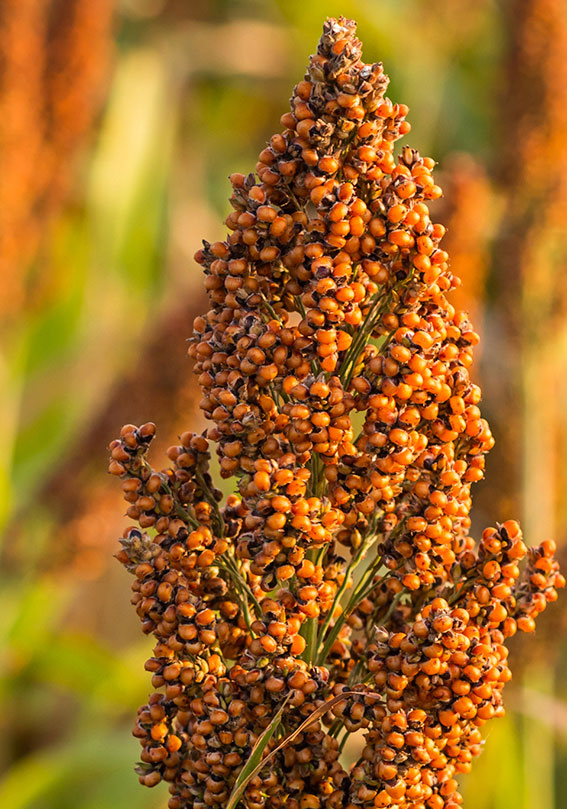
-
Output $98m est. Up 12% yoy
-
Lowest production level since 1993–94
-
Trade war saw a halt in US sorghum exports to China
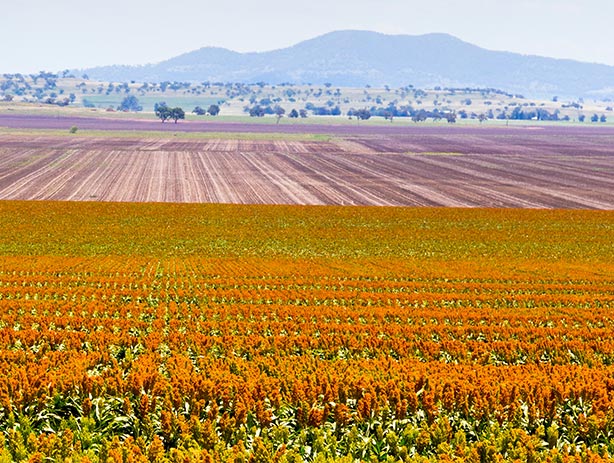
A harsh season reduced sorghum production to its lowest level in 25 years. Prices were higher and disruptions felt in global sorghum markets resulted from tensions between the US and China. China introduced tariffs on US sorghum and halted imports for much of 2018–19.
Agricultural research partnership to optimise yield
NSW DPI, the Grains Research and Development Corporation, the Queensland Department of Agriculture and Fisheries and the University of Queensland are partnering to provide long-term profitability for Australian grain and pulse growers, with Northern NSW growers particularly set to benefit. A new $1.3 million investment in regionally-specific sorghum and mungbean research is aimed at improving productivity, optimising yield, and will assist with the expansion of local and export markets.
Media Release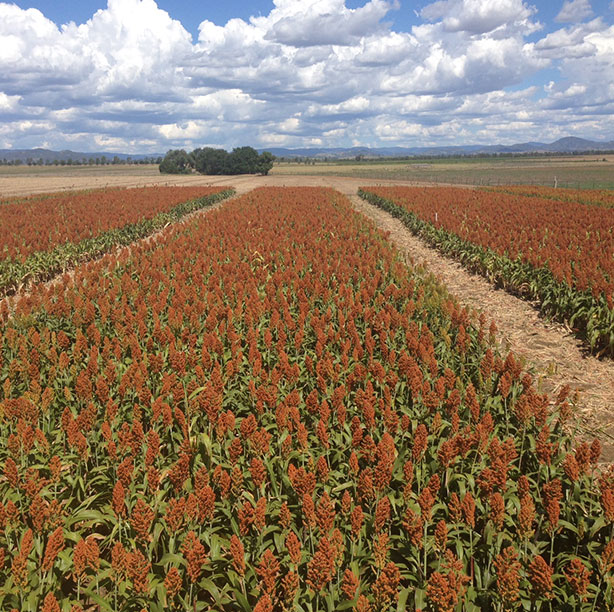
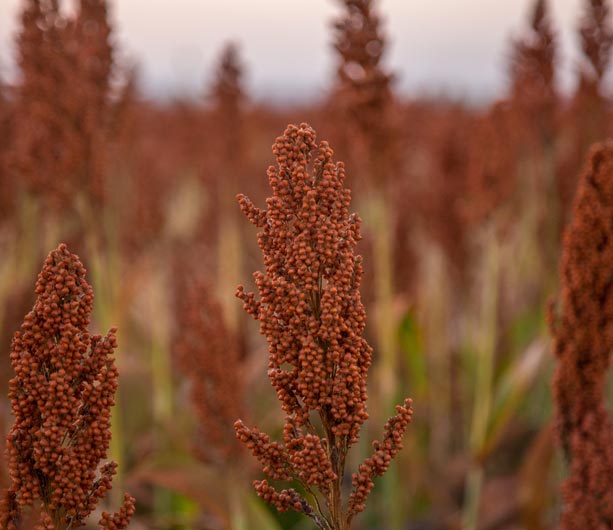
Production
Estimated sorghum production was 275,000 tonnes in 2018–19, down 1.4% on the previous year and the lowest production level since 1993–94. Yields were down to 2.5 tonnes per hectare, with a high proportion of crops fed off early before harvest6.
Rain in northern NSW in October encouraged planting to sorghum, but extended dry periods during summer placed the crop under pressure81, 102. Sorghum that was planted earlier in the window or into stubble fared better in the dry conditions102. Late-season rain in December benefited yields in some pockets across NSW including parts of Moree85, though rains were not widespread across the northern part of the state.
Sorghum production in NSW was the lowest in 25 years. Even in 2002–03 and 2006–07, two years where drought had significantly affected production, sorghum production was higher at 531,000 tonnes and 385,000 tonnes, respectively6.
Price
Higher prices partially offset lower production, averaging $399 per tonne, delivered in Sydney5. This was 30% higher than the average price in 2017–18.
Occasional rain encouraged grain buyers with expectations of continued demand from the livestock sector, particularly in late 2018, which saw sorghum prices increase118 and also encouraged plantings in NSW and Queensland. Prices peaked at $445 per tonne in December 2018 ahead of harvest, before returning to $355 per tonne in June. With a shortage of feed grains across east coast Australia, there was speculation that sorghum would be reintroduced to feedlot rations as prices fell in early 201940.
Sorghum prices and Quirindi weather
- Sorghum price
- Weekly rainfall
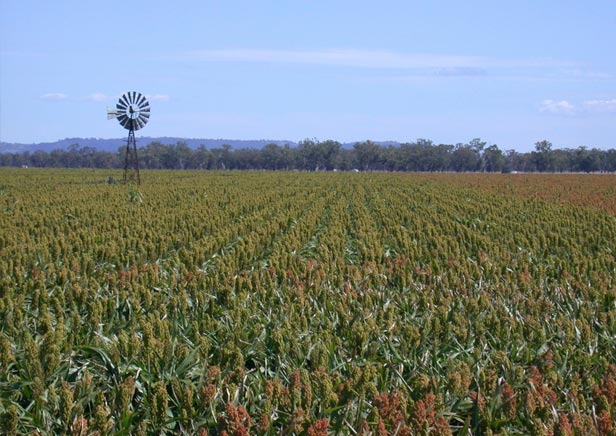
Trade
NSW sorghum exports fell by 87% to $5.6 million in 2018–19, due to the reduced production, with volumes down 89% to 13,100 tonnes87. China was the largest destination for exports, buying 12,500 tonnes, or $5.1 million. By contrast, Queensland sorghum exports to China were $63.8 million, or 175,500 tonnes.
NSW exports were less than 5% of production, with the majority of sorghum being consumed domestically, consistent with the shortage of feed grains in eastern Australia.
Macroeconomic
Conditions
China, the largest consumer of sorghum, imports most of its sorghum from the US. Of the US$1.0 billion imported by China in 2017, US $967.3 million came from the US. In February 2018, China launched an anti-dumping investigation into sorghum imports from the US and introduced a tariff deposit based on the value of shipments, which was later halted before trade talks between the two countries128.
Despite this, sorghum has been a commodity affected by the US-China trade war, with weekly export data showing that no sorghum was exported from the US to China between November 2018 and April 2019, a duration not seen over the previous five years149. With the low production in NSW, there was no capacity to fill the resulting supply gap.
Exports to China 2017-18
Source: UN (2019)Outlook
The majority of sorghum imported into China is for animal feed and the outbreak of African Swine Fever has led to significant falls in the pig population. This is expected to reduce Chinese demand for sorghum and other feed commodities such as soybeans and corn.

